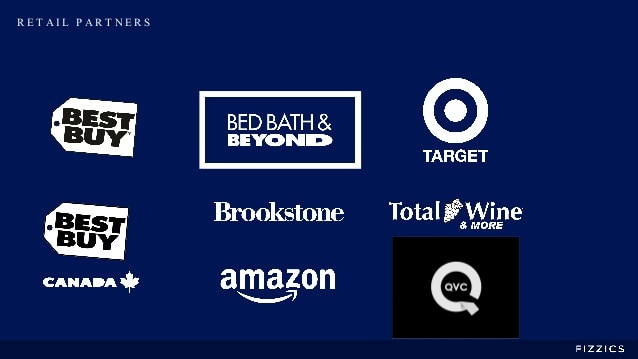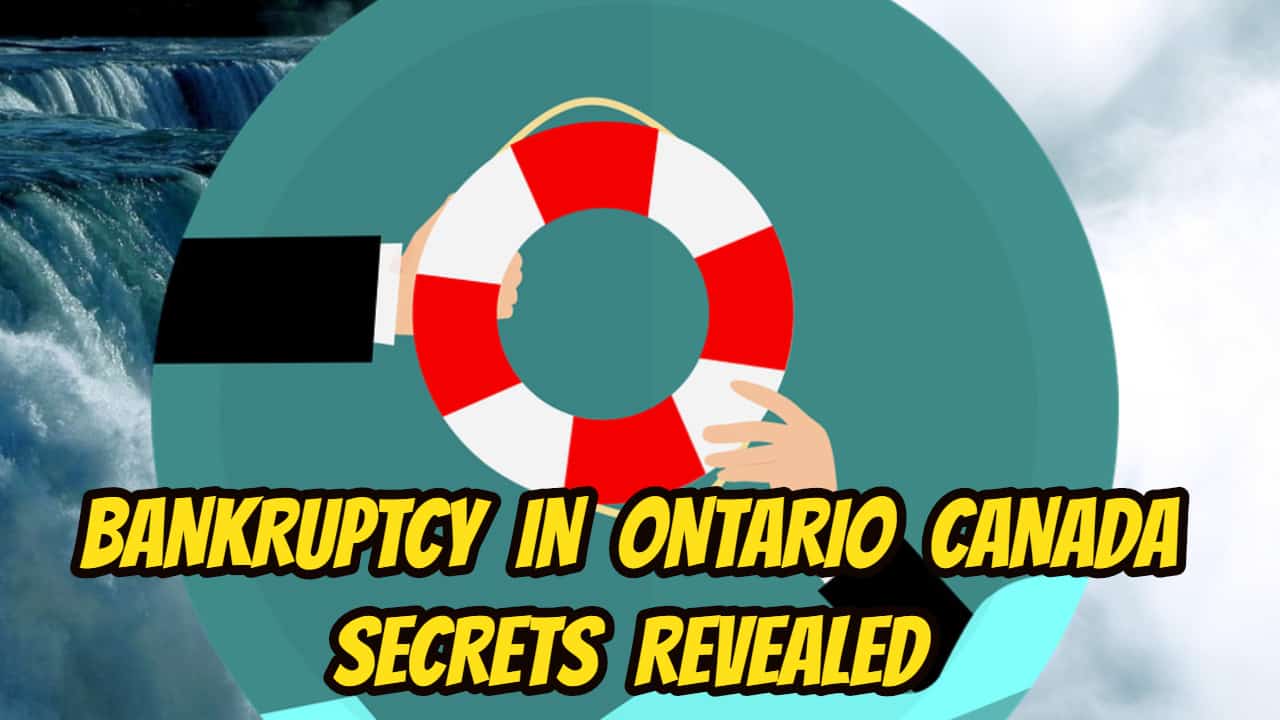
If you would prefer to listen to the audio version of this Brandon’s Blog, please scroll down to the bottom and click on the podcast.
File for bankruptcy Ontario: Introduction
Many individuals experience financial difficulty eventually in their lives. There are times you require to rely upon credit lines and credit cards to make ends meet. Frequently these bank cards and credit lines can come to be a prop. It helps you to avoid preparing a family budget plan and taking a difficult look at your expenses and lifestyle. Eventually, you realize that you are beneath a heap of debt you can not climb up out of. In this Brandon’s Blog, we respond to a concern we are often asked – file for bankruptcy Ontario will I lose my house?
An additional usual concern is can I keep my car if I file for bankruptcy Ontario. Today I will concentrate on the far more valuable possession, the house. However, I will give a hint below the answer to the vehicle question.
File for bankruptcy Ontario: Bankruptcy and your home
I will first give the answer to this specific question about bankruptcy and your home. After that, I will discuss all the things that you should be thinking of before considering bankruptcy. Whether you know it or not, you do have various options that are alternatives to bankruptcy in Ontario. The short answer is that if you go bankrupt, there are various ways and conditions in bankruptcy that you will NOT lose your home. Let me explain why.
Everyone who owns a home and experiences financial problems is concerned about losing their home. Losing your home is probably one of the more traumatic fears people facing a large debt load that is crushing them is losing the home. This is how it works if you file for bankruptcy Ontario.
Just to make sure that we are all starting off with the same basic knowledge, I will quickly go over what bankruptcy is. Bankruptcy is the legal state of assigning all of your assets, with certain exceptions discussed below, to a licensed insolvency trustee (formerly called a bankruptcy trustee). Insolvency is the financial state of not being able to pay your debts as they come due. Bankruptcy is one available legal process to deal with your insolvency.
In Ontario, the provincial legislation that outlines what is exempt from seizure is called the Execution Act, R.S.O. 1990, c. E.24. For a complete list of all bankruptcy Ontario exemptions, please read my Brandon’s Blog, BANKRUPTCY IN ONTARIO CANADA SECRETS REVEALED. For the purpose of this blog, the exemption in Ontario for your home is $10,000 of equity. The current thinking is that if your equity is $10,000 or less, if you go bankrupt, then your entire equity is exempt from seizure by a licensed insolvency trustee. However, if your equity is $10,001 or higher, then your entire equity in your home is NOT exempt and is available to your licensed insolvency trustee for your creditors.
HERE IS THE HINT I PROMISED: The exemption in Ontario for one car or truck is one that is worth not more than $6,600.
File for bankruptcy Ontario: Bankruptcy factors and your home
So the first important detail for you to remember is that in bankruptcy, the Trustee is only interested in your equity in the home. To calculate the equity in your home, you would:
- Find your home’s current market value. The price you paid for your home may not be the current value of your home.
- Subtract your mortgage balance. Once you have the current market value of your home, subtract the amount you still owe on your home mortgage and any other loans registered against the title of your home from the estimate.
- Apply the proper percentage representing your share of the ownership of the home against the number you came up with from point 2 above. So if you are the sole owner of the home, the right percentage to apply is 100%. If you own the home jointly with your spouse or partner, then the correct percentage to apply is 50%.
Now the question becomes, can you afford to keep your home? Can you afford to keep up all the mortgage payments, any other loan payments where security registered against your home has been granted (just like a mortgage) and the other costs of homeownership? There are various factors to consider to answer this question. Some of the factors are:
- You need to have a good handle on what all the real costs of owning the home are. It is more than just mortgage payments. Insurance, repairs and maintenance and property tax come to mind as obvious additional costs of homeownership.
- Now that you know all the annual costs of owning your home, could you rent suitable accommodations for less or more money? If less, then it may not be worth hanging onto the home, especially if you cannot afford all the required costs of owning that home. If more, then you are not saving any money by selling the home. In fact, you would be worse off, because you would also incur moving costs.
- If renting is roughly equal to the cost of owning, or only slightly less, will there be disruption to the family that is not worth it? For example, if the children can walk to a very good school in your neighbourhood, but to move, you would have to drive them to and from school every day because of the distance, or the local school in the new area is not as good, that could tip the scales.
If you decide as a family that you cannot keep the home, then the only options are to either sell it yourself or abandon it to the first mortgagee. A lived-in home will always sell for more than a vacant one. Perhaps your mortgagee(s) would allow you to stay in the home without making any further mortgage payments while it is listed for sale because it helps them. This is especially true if there are more loans registered after the first mortgage.
By “playing ball” with you in this way, the first mortgagee is showing the lenders behind the first that it is doing everything possible to maximize the sale price. The later lenders will be pleased because you are cooperating. So, in return for this win-win situation, your offer is to save the cash by not paying those loans in return. Keep in mind that if any mortgagee/lender registered against the home suffers a shortfall on the sale, they have the right to sue the borrower(s) and any guarantor(s) of the loan for the shortfall.

File for bankruptcy Ontario: How to keep your home in bankruptcy
If you decide that your family can afford the cost of owning this home, then in bankruptcy, the Trustee will need to recover the bankrupt person’s equity in the home. There are various ways this can be accomplished. The most common ones are:
- Refinancing the home when one or more of the owners are bankrupt will prove impossible. However, if only one of the owners is bankrupt, perhaps the other owner can purchase the Trustee’s interest in the equity of the bankrupt owner. If the non-bankrupt owner has good enough credit to borrow enough money to pay the bankrupt’s equity to the Trustee. If this can be accomplished, and the non-bankrupt person can afford the new loan payments, then the Trustee has realized the value of the bankrupt’s equity in the home and your family can keep the home.
- If this cannot be done, then maybe there is a relative or very good friend who is willing to purchase the bankrupt owner’s equity in the home. Again, once the value of the equity has been paid to the Trustee, the Trustee no longer has any interest and the family can keep the home.
- If neither of the first two options is realistic for your situation, there is a third way. As long as you could afford the payments, the non-bankrupt owner could offer to purchase the bankrupt owner’s equity from the Trustee by giving the Trustee a mortgage against the home for the full value of the equity. This is all a matter of negotiation.
The mortgage could either be interest-bearing or have zero interest. That is to be negotiated. The only caution is that the Trustee’s role is to administer the bankruptcy estate as efficiently as possible. This means that the Trustee is not going to want to keep the file open for 5 years. However, there is nothing unreasonable about requesting the Trustee take back a mortgage for a 2 or 3 year period.
Keep in mind that the bankrupt’s discharge is different from the Trustee’s discharge. So, by doing this, it does not mean that the bankrupt’s discharge is held up for this reason. If this can be accomplished, then again, the family can keep the home.
That is the analysis anyone who owns a home and believes they need to go bankrupt must go through. There are other options that affect the decision of whether or not to go bankrupt. I always discuss all the issues with everyone who comes to my office for their free consultation. Some other issues affecting the bankruptcy decision are:
- Would this be the person’s second time (or more) file for bankruptcy Ontario?
- How long does bankruptcy last in Ontario? This depends on whether this is your first bankruptcy or not. I would also need to assess if your file for bankruptcy Ontario would produce surplus income.
File for bankruptcy Ontario: Keep your home and avoid bankruptcy
There are various options that you should consider before going bankrupt. There may be alternatives to bankruptcy and you need to consider them all carefully.
If there is equity in the home, before jumping straight to the conclusion that you need to go bankrupt, here is the advice I have given many people:
- Go through the analysis of calculating the equity and does it make sense to stay in that home that I discussed above.
- Once you have those answers, you will know if you are selling the home and downsizing both your home and living costs or if you are trying to stay in the home.
- If you are trying to keep the home, can you refinance it to pay off your debts, either in whole or in part?
- We have worked with many people and mortgage brokers to get the home refinanced.
- If the refinancing provides enough cash to pay off all or enough of the debts to get you back on the road to financial stability, then do so and there is no need to discuss the bankruptcy option.
- If that is not possible, it may be that the refinancing produces enough cash for the non-insolvent owner to fund a successful government-approved Debt Consolidation Canada Program (DCP). We have administered many DCP’s.
This is how it works. We review with you all the issues, including, what sort of DCP we believe your creditors would accept. You then enter into the formal DCP and we tell your creditors. Your creditors then vote on the DCP. If accepted, then if required, we get Court approval for it also and it is now binding on all your creditors. The DCP stops all garnishee actions, collection calls, and lawsuits.
If the refinancing provides sufficient cash to pay out the DCP in full, then you will be in and out of it very quickly. If there is not enough cash from the refinancing, then we need to find room in your household budget to make up the difference with regular monthly payments. You would have up to 5 years to complete paying off the balance. The balance under the DCP does not cost you any interest. The balance is fixed and that is it.
Why would your creditors go for this type of DCP? Getting a lot of cash today is a huge incentive for your creditors to agree to receive a reasonable amount of money, but less than what you owe them in total.
With a successful DCP, you get to keep all of your assets. The DCP must offer your creditors a better alternative than what they would get in your bankruptcy. If successful, losing your home is never an issue.
File for bankruptcy Ontario: Conclusion
I hope you enjoyed this file for bankruptcy Ontario Brandon Blog. Do you have excessive debt? Are you having trouble making your month-to-month payments? Is your business not taking care of financial challenges that you simply cannot figure out how to escape from?
If so, call the Ira Smith Team today. We have years and generations of experience assisting people and companies trying to find a financial restructuring or a debt negotiation strategy. As a licensed insolvency trustee, we are the only professionals identified, accredited and monitored by the Federal government to give insolvency help and services to assist you to avoid bankruptcy.
Call the Ira Smith Team today so you can finish with the tension and anxiousness debt issues produce. With the unique roadmap, we establish special to you, we will quickly return you right into a healthy and balanced worry-free life.
You can have a no-cost assessment to help you so we can fix your debt issues. Call the Ira Smith Team today. This will certainly allow you to return to being productive and healthy, Starting Over Starting Now.
file for bankruptcy ontario











